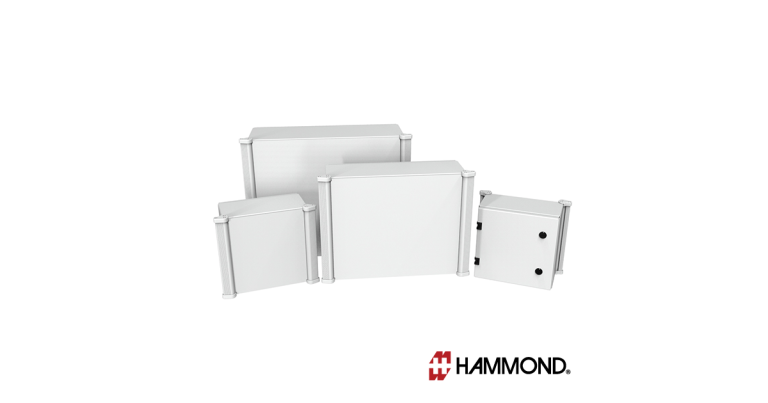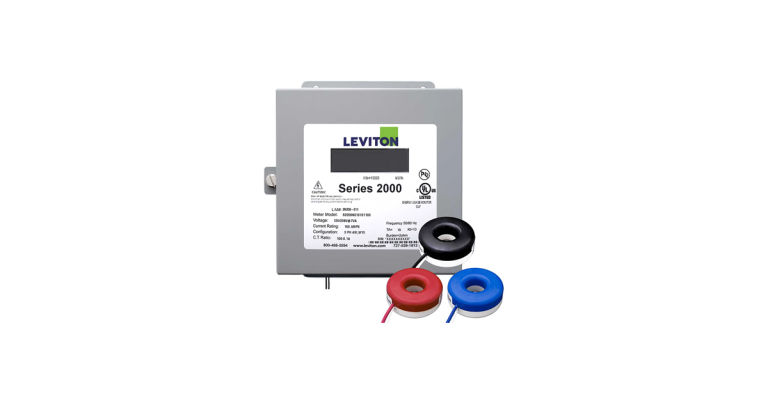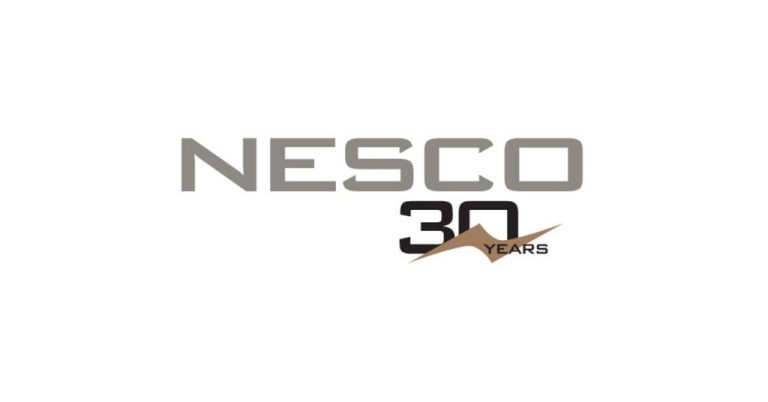Beckhoff Introduces TwinCAT 3 Building Automation

July 12, 2018
Beckhoff Automation has introduced the new TwinCAT 3 Building Automation software platform to modernize intelligent building systems. TwinCAT 3 Building Automation meshes with existing TwinCAT 3 modules for HMI and IoT, along with Analytics and Scope, and bundles all important functions for building automation into one universal tool. Handling the engineering and control of all building systems on a single software platform uncovers significant benefits, such as simple IoT communication, cloud-based analysis of building data and the rapid creation of individualized operator interfaces.
With TwinCAT 3 Building Automation, users can now utilize the wide range of benefits of the TwinCAT 3 automation platform for building control: full Visual Studio® integration, an integrated engineering environment, eight programming languages with interacting modules in a single runtime, simple reusability of source code and scalability to suit different controller performance levels. The meshing of TwinCAT 3 Building Automation with the numerous software modules available in TwinCAT 3 provides system integrators with a comprehensive toolbox that covers all functions and systems found in building automation. This improves system quality and reduces engineering work.
By adding TwinCAT HMI software, users can quickly create customized operator interfaces and benefit from simple orientation and intuitive navigation during operation. With TwinCAT IoT, PC-based controllers can easily outsource the functions of individual building automation components to the cloud or use cloud services. The analysis of cloud-based building data can also be integrated directly in PC-based controllers using TwinCAT Analytics. This offers maximum data transparency, simplified predictive maintenance and increased security against potential failures. As a big data oscilloscope integrated in the building controller, TwinCAT Scope facilitates clear visualization of large data quantities and increases data transparency through fast comparison and evaluation of measured values.










![Guide to the Canadian Electrical Code, Part 1[i] – A Road Map: Section 52 — Diagnostic imaging installations](https://electricalindustry.ca/wp-content/uploads/2022/11/Guide-CE-Code-2.png)






